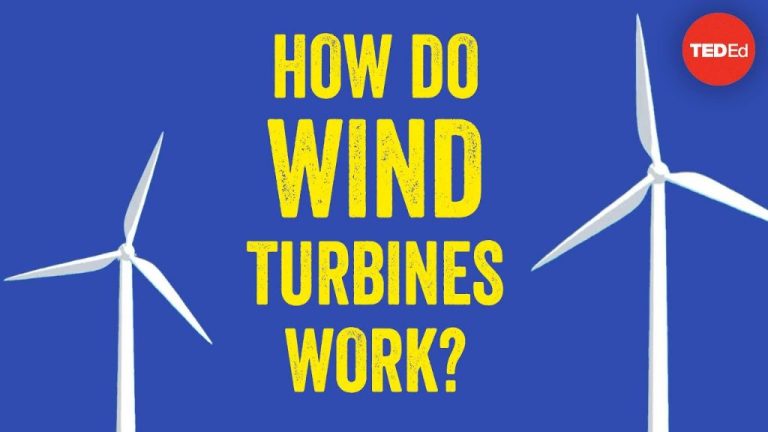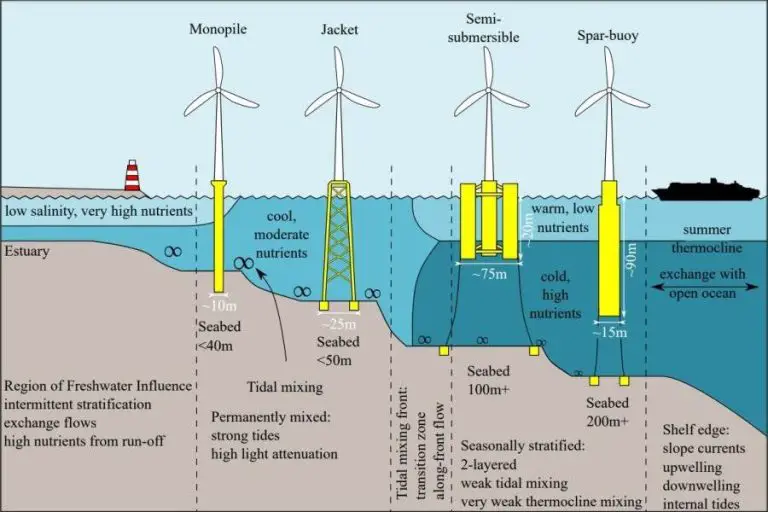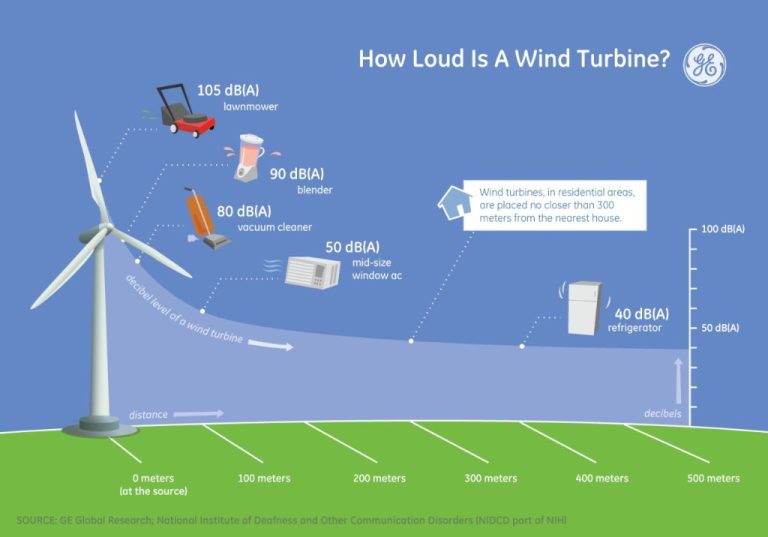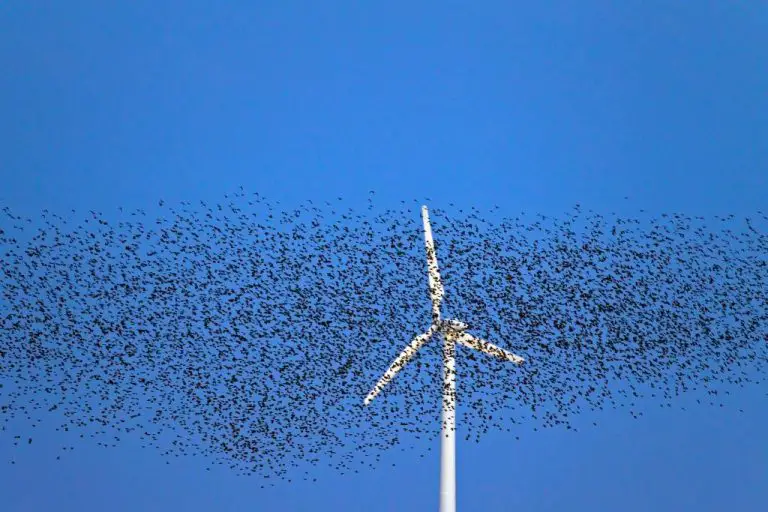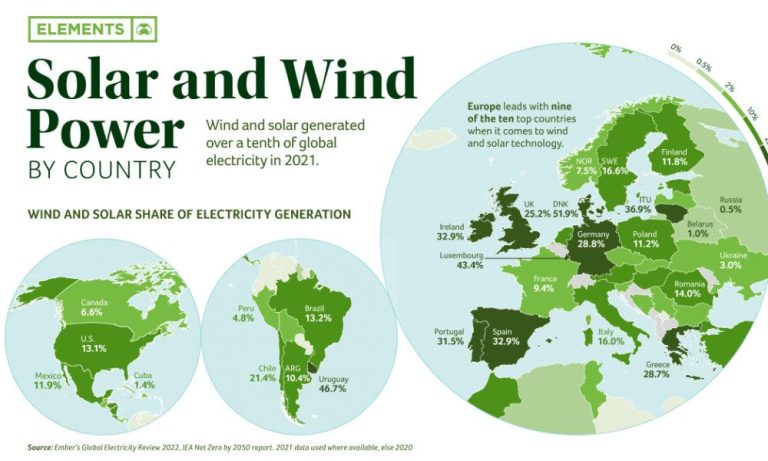Which Is Cheaper To Install Wind Or Solar?
Both wind and solar power are growing sources of renewable energy. As concerns about climate change and energy independence rise, more homeowners and businesses are looking to install wind turbines or solar panels on their properties. This article provides an overview of wind and solar power and their pros and cons, with a focus on comparing installation costs, to help readers decide which renewable energy system makes the most financial sense for them.
Upfront Costs
The upfront costs of installing wind turbines or solar panels include expenses for equipment, labor, permitting, and other associated costs. The equipment costs make up the largest share of upfront expenses. For wind turbines, the turbine itself including blades, tower, and other components accounts for about 75-90% of total installed costs according to the U.S. Department of Energy (DOE). Solar panels and related equipment like inverters represent around 40-50% of the installed costs of solar photovoltaics (C2ES).
Labor expenses to construct the wind or solar facility are the next largest cost component. Wind turbine installation requires specialized crews and equipment like cranes, increasing labor costs. For utility-scale solar, around 20-25% of costs go toward labor and construction activities like site preparation, mounting structures, and electrical connections according to the Solar Energy Industries Association (SEIA).
Permitting and other soft costs for siting, grid interconnection, and financing also add to the overall price tag. Soft costs make up around 20% of solar installation costs versus 10-15% for wind turbines (NREL). Local permitting processes can affect these soft costs.
Land Requirements
Solar power requires significantly more land area than wind power for the same energy output. According to studies by the National Renewable Energy Laboratory (NREL), solar photovoltaic (PV) plants require around 7.5 acres per megawatt (MW) on average, ranging from 5 to 10 acres per MW depending on the region and solar irradiation levels. In comparison, wind farms only require 1.5 acres per MW on average. This is because wind turbines can be spaced farther apart than solar panels. A University of California, Santa Barbara study found that a solar PV plant produces about 10-100 times less power per unit of land area than a natural gas or coal power plant. Wind power performs better at 3-10 times less dense than fossil fuel plants (source 1). This means that for the same power output, solar farms need about 5 times more land than wind farms.
Overall, researchers estimate that supplying solar and wind power for 80% of U.S. electricity by 2030 would require less than 1% of land area, most of which could still be used for agriculture or ranching. But for individual projects, solar needs substantially more acreage than wind. This can increase siting and permitting challenges and costs for utility-scale solar farms compared to wind.
Location Factors
The optimal locations for generating wind or solar energy are often remote from cities and load centers. Good wind resources tend to be located in windy, rural areas while prime solar resources are found in arid, sunny locations like deserts. This means that wind and solar facilities may require the construction of costly new transmission lines to connect to the grid and population centers.
According to the U.S. Department of Energy, most of the best wind resources are located in the plains states, while solar resources are concentrated in the Southwest U.S. (Source)
The best solar and wind resources do not always overlap with electricity demand. This can increase transmission costs and power loss over long distances. Locating renewable energy projects closer to where energy is needed reduces grid connection expenses.
Grid Connection
The cost to connect wind and solar farms to the electrical grid is a significant factor when comparing the overall costs of each technology. According to a 2012 report by the International Renewable Energy Agency (IRENA), the grid connection cost share for wind power ranges from 9-14% of total capital costs, whereas for solar PV it ranges from 15-30% (1). The high grid connection costs for solar PV are largely due to solar farms needing robust electrical infrastructure to handle the variable power output from panels throughout the day. Wind power has more consistent output and often requires less grid upgrades.
For offshore wind power, grid connection costs also play a major role in overall project economics. One study found that in some cases, grid connection costs can make up 20-30% of total levelized costs for offshore wind farms far from shore (2). This is why many offshore wind developments are sited closer to shore to minimize subsea cable costs for grid connection.
Overall, while grid connection is a significant cost component for both wind and solar projects, the costs tend to be lower for wind power. Wind’s more stable generation profile requires less robust grid infrastructure compared to solar’s variable output. Onshore wind also has a clear grid connection cost advantage over offshore wind sited far from shore.
(2) https://www.sciencedirect.com/science/article/pii/S0301421511003788
Maintenance
Solar panels generally require little maintenance once installed. An occasional cleaning to remove dust, bird droppings and other debris that can block sunlight is usually sufficient. Solar panels have no moving parts so there are no mechanical components that require servicing. Most panels come with a 25-year warranty, so aside from routine cleaning, there is little to do to keep them functioning.
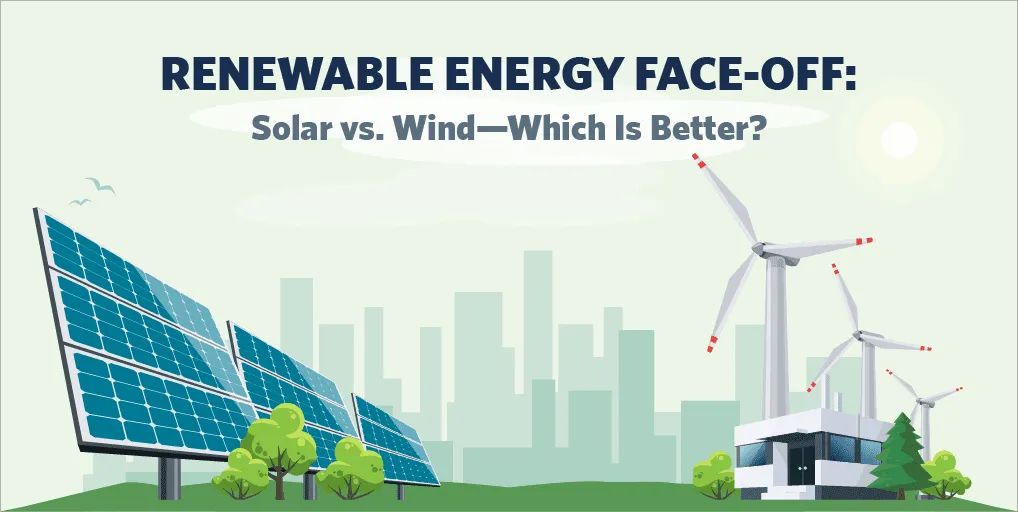
Wind turbines, on the other hand, have many moving parts including gearboxes, generators, shafts, bearings, and brakes that require more frequent maintenance and servicing. According to the Wind Energy The Facts organization, operation and maintenance costs make up a significant portion of the annual costs of a wind turbine. Typical maintenance includes lubricating parts, checking fluids, testing equipment, replacing worn parts, and repairing electrical or mechanical components. Without proper maintenance, wind turbines are prone to breakdowns that can be costly to repair [1].
Overall, solar panels have lower maintenance costs and requirements compared to wind turbines. This is an advantage for solar in terms of long-term operational costs.
Capacity Factor
The capacity factor is an important consideration when comparing the costs of wind and solar power. It refers to the actual energy output over a period of time compared to the maximum possible output if the system operated at full capacity 100% of the time (1).
Solar panels typically have a lower capacity factor than wind turbines. This is because solar panels only produce power when the sun is shining, whereas wind turbines can generate electricity day and night as long as the wind is blowing. According to the Center for Sustainable Systems, the average capacity factor for solar photovoltaics in the U.S. ranges from 16% to 27% (2). In comparison, the capacity factor for land-based wind turbines averages around 35% (2).
The intermittent nature of solar means panels are generally productive for fewer hours per day than wind turbines. This lower capacity utilization factors into solar’s overall costs and viability as an energy source. However, capacity factors for both solar and wind can vary significantly by location.
Economies of Scale
When it comes to wind and solar energy, larger installations allow the costs to be spread over more kWh of electricity generated, creating significant economies of scale (IRENA, 2021). Building larger solar farms and wind turbines means the fixed costs like permitting, installation, and grid connections can be divided over more energy output, lowering the levelized cost per kWh. According to a report by IRENA, doubling a wind farm’s capacity can reduce the LCOE by 10-20%.
For utility-scale solar photovoltaics, each doubling in capacity above 100 MW could reduce generation costs by 10-15% (IMF, 2019). However, the economies of scale for wind turbines seem to taper off around 10 turbines, while solar PV continues to benefit from larger arrays (ILSR, 2016). Overall, building larger-scale renewable energy installations allows developers to reduce their cost per kWh significantly through economies of scale.
Government Incentives
Government incentives can significantly reduce the cost of installing wind or solar power. There are federal, state, and local programs that provide financial incentives like tax credits, grants, and rebates for renewable energy projects.
At the federal level, the main incentive is the Investment Tax Credit (ITC). The ITC offers a 26% tax credit for residential and commercial solar installations that begin construction before 2032. For wind projects that begin construction before the end of 2024, the Production Tax Credit (PTC) provides a tax credit per kilowatt-hour of electricity generated over the first 10 years of operation. These federal tax credits can reduce the installed cost of wind and solar projects by over 20% (https://windexchange.energy.gov/projects/incentives).
Many states also offer additional rebates, grants, and tax incentives for renewable energy. For example, homeowners may qualify for rebates on the purchase and installation of small wind turbines or solar panels in their state (https://www.energystar.gov/about/federal_tax_credits/small_wind_turbines). Local utilities sometimes offer similar incentive programs as well.
Overall, the wide range of government incentives available can significantly offset the upfront capital costs for both wind and solar installations, making them more financially attractive.
Conclusion
In summary, there are pros and cons to both wind and solar power when it comes to installation costs. Wind power requires more upfront investment in large turbines and tower infrastructure. However, it also benefits from economies of scale, allowing costs per kW to decrease as project size increases. Solar panels have become much cheaper in recent years, but still require significant land area and ideal solar resource to maximize energy production.
Overall, utility-scale wind farms tend to have lower installed costs per kW than comparably sized solar farms. Factors like capacity factor, maintenance costs, and project lifespan also give wind a slight economic advantage. However, continued technological improvements and falling PV prices are quickly closing the gap. In the right location with grid access, mid-size solar installations can also compete with wind on cost. Government incentives can also help make solar a more attractive investment in some markets.
For the average consumer looking to install a small renewable system on their property, solar PV tends to be the more affordable and practical option. But utility providers and project developers doing large installations will ultimately need to evaluate both wind and solar options for a particular site, and determine the most cost-effective clean energy solution.

